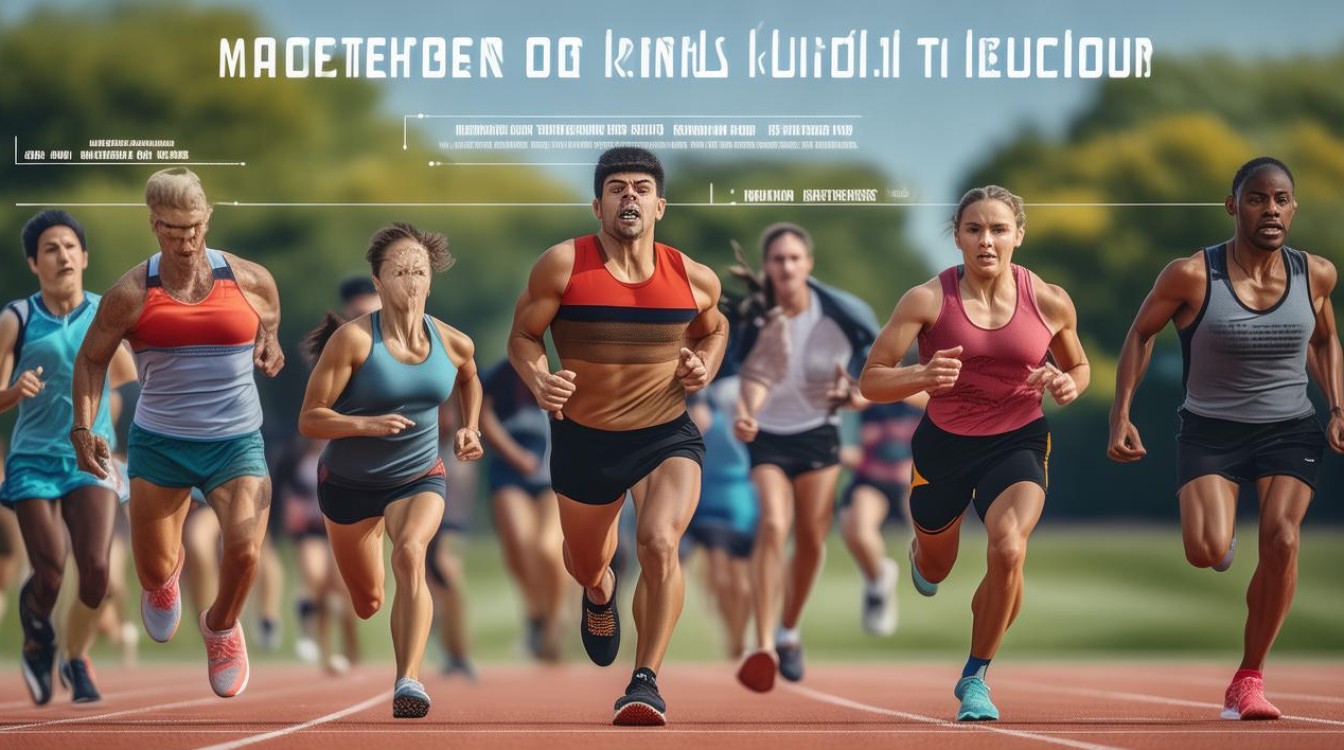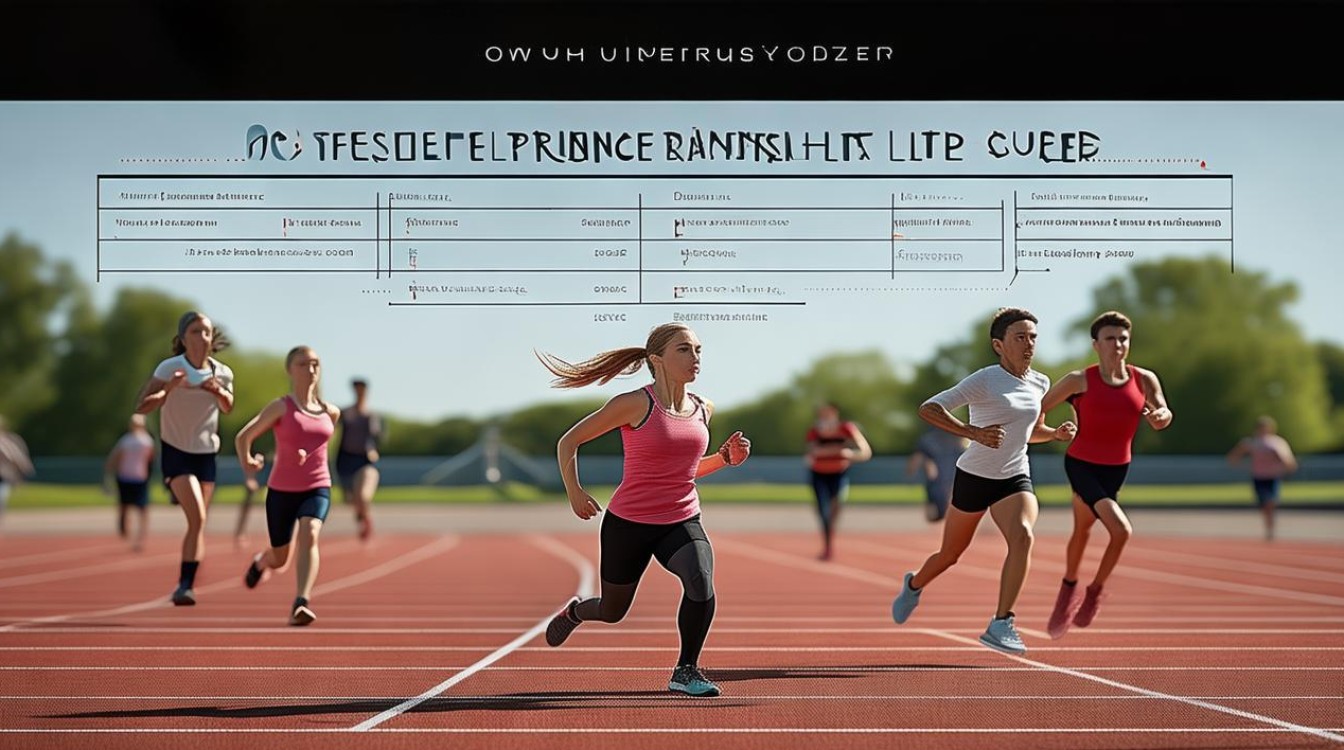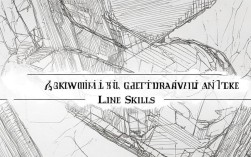Running is a universal sport that improves cardiovascular health, builds endurance, and enhances mental well-being. Whether you're a beginner or an experienced runner, refining your technique can significantly boost performance and reduce injury risks. This guide explores essential running techniques, supported by the latest research and expert insights, while incorporating English terminology to help international runners.

Proper Running Posture
Maintaining correct posture ensures efficiency and minimizes strain. Key elements include:
- Head Position: Keep your gaze forward, chin parallel to the ground. Avoid tilting your head up or down.
- Shoulders: Relax them, preventing tension buildup. Avoid hunching.
- Arms & Hands: Bend elbows at 90 degrees, swing arms forward and backward (not across the body). Hands should stay loose, not clenched.
- Torso: Engage your core slightly to maintain stability. Lean forward slightly from the ankles, not the waist.
- Hips: Keep them level and aligned with your torso to prevent excessive rotation.
A 2023 study by Sports Medicine found that runners with optimal posture reduced energy expenditure by 8-12% compared to those with poor form.
Foot Strike Techniques
How your foot lands affects speed and injury risk. The three main types are:
| Foot Strike Type | Description | Best For | Injury Risk |
|---|---|---|---|
| Heel Strike | Heel contacts ground first | Beginners, long-distance | Higher (knee/hip stress) |
| Midfoot Strike | Middle of foot lands first | Balanced runners | Moderate |
| Forefoot Strike | Ball of foot lands first | Sprinters, minimalist shoes | Lower (if adapted properly) |
According to a 2024 Journal of Biomechanics report, midfoot strikers experience 23% fewer injuries than heel strikers in marathon runners.
Breathing Strategies
Efficient oxygen intake improves endurance. Follow these methods:

- Rhythmic Breathing: Inhale for 2-3 steps, exhale for 2-3 steps (e.g., "3:3 pattern").
- Diaphragmatic Breathing: Breathe deeply into the belly rather than shallow chest breaths.
- Nasal vs. Mouth Breathing: Nasal breathing filters air but may limit oxygen intake. Most elite runners use mouth breathing during high-intensity runs.
A 2023 European Journal of Applied Physiology study revealed that runners using rhythmic breathing improved their VO₂ max by 5-7% over 12 weeks.
Cadence & Stride Optimization
Cadence (steps per minute) influences efficiency:
- Ideal Cadence: 170-180 steps/minute reduces overstriding and impact forces.
- Short, Quick Steps: Minimize ground contact time, improving speed.
Data from World Athletics (2024) shows elite marathoners average 182-188 spm, while recreational runners often fall below 160 spm, increasing injury likelihood.
Hill Running & Speed Techniques
Uphill Running
- Shorten stride, lean slightly forward, drive knees higher.
- Use arms more aggressively for momentum.
Downhill Running
- Control speed, avoid braking with heels.
- Land softly on midfoot to reduce joint impact.
A 2024 British Journal of Sports Medicine analysis found that runners who trained hills 2x weekly improved 5K times by 5% in 8 weeks.
Injury Prevention & Recovery
Common running injuries (e.g., shin splints, IT band syndrome) often stem from poor form or overtraining. Prevention tips:

- Dynamic Warm-ups: Leg swings, high knees, butt kicks.
- Strength Training: Focus on glutes, hamstrings, and core.
- Rest Days: Follow the 10% rule—never increase weekly mileage by more than 10%.
Per American Journal of Sports Medicine (2023), runners incorporating strength training 2x weekly saw a 31% decrease in overuse injuries.
Latest Gear & Tech Insights
Modern running technology enhances performance:
- Carbon-Plated Shoes: Improve energy return by 4-6% (Sports Engineering, 2024).
- GPS Watches: Track cadence, heart rate, and stride length in real time.
- Compression Gear: May reduce muscle fatigue by 12-15% (Journal of Strength and Conditioning Research, 2023).
Nutrition & Hydration for Runners
Fueling properly impacts stamina:
- Pre-Run: Carbs (oats, bananas) + light protein (Greek yogurt) 1-2 hours before.
- During Long Runs: Consume 30-60g carbs/hour (gels, sports drinks).
- Post-Run: Protein (20-30g) + carbs within 30 minutes for recovery.
A 2024 International Journal of Sport Nutrition meta-analysis confirmed that runners hydrating with electrolyte drinks maintained 15% better performance in hot conditions vs. water alone.
Final Thoughts
Running is both an art and a science. By refining technique, leveraging data-driven insights, and staying updated on research, you can run smarter, faster, and safer. Whether you're training for a 5K or a marathon, small adjustments yield significant results.

"Run often, run long, but never outrun your joy." — Unknown











